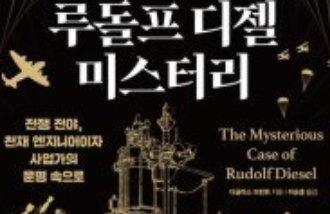Ballot for April 10 general elections expected to be 89cm long
Ballot for April 10 general elections expected to be 89cm long
Posted March. 15, 2024 08:14,
Updated March. 15, 2024 08:14
With just 27 days left until the April 10 general elections, parties vying for proportional representation seats are proliferating, leading to projections that the proportional representation ballot could extend up to a maximum of 88.9 centimeters. This surpasses the average length of a baseball bat, which is 83.82 centimeters. Critics in the political arena have pointed out that "as both ruling and opposition parties have failed to attend to the current system where the number of proportional seats is pegged to the constituency votes, it has led to the emergence of disposable 'pop-up' style proportional parties once again."
As of Thursday, a total of 71 parties registered with the National Election Management Commission and active preparatory committees have been tallied. Currently, 55 parties are registered with the election commission, including the People Power Party and the Democratic Party, and 16 have established preparatory committees for party formation. Among these, focusing solely on those registered since February of this year, there are eight parties and nine preparatory committees, totaling 17.
Excluding the two major parties that nominate proportional representatives through satellite parties, if all 69 remaining parties nominate proportional representation candidates, the ballot received by voters is expected to measure 88.9 centimeters. This includes the top and bottom margins of the ballot (6.5 centimeters), the height of the voting space (1 centimeter), and the height of the division lines (0.2 centimeters). In the 21st general elections, 35 parties nominated proportional representatives, resulting in a ballot length of 48.1 centimeters. In the 20th general elections (21 parties), it was 33.5 centimeters, and in the 19th general elections (20 parties), it was 31.2 centimeters.
With more than 50 parties nominating proportional representation candidates, there are concerns about delays in vote counting as sorting machines, which can only handle up to 34 parties and a length of 46.9 centimeters, cannot be used, and vote-counting machines can handle up to 50 parties. In anticipation of an increase in the number of parties, the election commission allocated a budget of 17.4 billion won to introduce new sorting and counting machines, but there are doubts about their effectiveness owing to the overwhelming number of parties.
During the 21st general elections, when 35 parties nominated proportional representation candidates, the sorting machines, which could handle up to 24 parties, could not be used, necessitating manual ballot sorting. However, the counting machines were used, as they could process up to 39 parties.
조권형기자 buzz@donga.com







